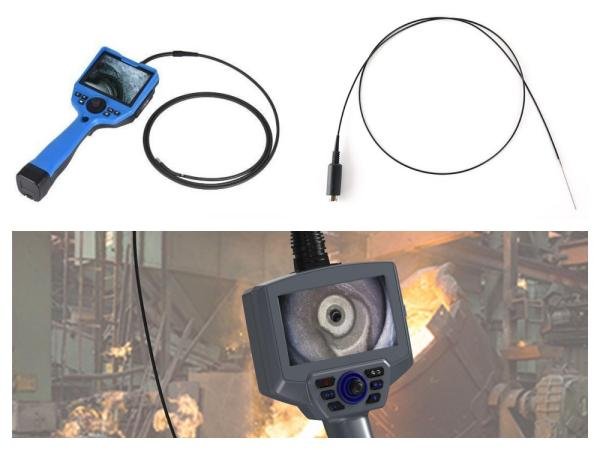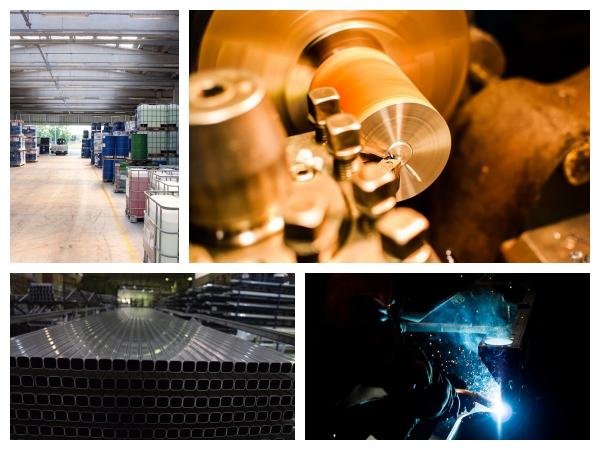Βιομηχανικά νέα
What Are The Main Features of Industrial Endoscope Lenses?
Industrial endoscopes are an indispensable inspection tool in the industrial field. As an important component, the lens generally needs to be specially designed and customized according to the needs. Industrial endoscope lenses are generally made of high-hardness and wear-resistant materials to adapt to different industrial environments and inspection needs.
What are the main features of industrial endoscope lenses?
Industrial endoscope lenses are mainly used to inspect narrow, difficult-to-observe spaces such as industrial equipment, pipelines, and machinery. Their main features include the following aspects:
1.Small and flexible
Due to the need to observe inside narrow industrial equipment, endoscope lenses are usually designed to be very small and flexible, allowing them to pass through narrow, curved pipes or mechanical parts, thereby facilitating inspection and observation.

Industrial endoscope lenses are very small
2.High durability
Since the application environment of industrial endoscopes is usually harsh, the lenses are usually specially treated to have certain durability and properties such as waterproof, dustproof, and corrosion-resistant, so that they can adapt to use in various industrial environments.
3.High definition
Industrial endoscope lenses have high-resolution lenses and imaging sensors that can clearly display the details of the observed objects, helping to quickly and accurately identify problems and perform accurate inspections and maintenance.
4.Versatility
Industrial endoscope lenses can also be equipped with a variety of accessories and functional modules, such as replaceable lens heads, which support different focal lengths, fields of view, and additional lighting functions to meet the detection needs in different application scenarios.

Industrial endoscope lenses can adapt to different scenarios
5.Easy to operate
Industrial endoscope lenses are usually designed to be simple and easy to use, and are generally equipped with operating buttons or joysticks, so users can easily control the lens’s rotation, zoom, and photo taking functions, making the operation simple and convenient.
6.Data transfer and storage
There are also some industrial endoscope lenses that support data transmission and storage functions. The observed images and videos can be transmitted to a computer or mobile device through a USB interface or wireless network for analysis and recording.

